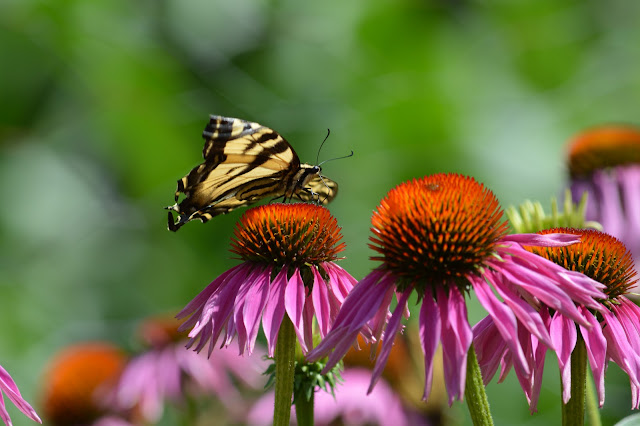Five Ways to Stop Junk Mail

Direct mailings, commonly known as junk mail, waste valuable forest resources and creates unnecessary carbon emissions because it all ends up as waste whether you recycle it or toss it in the trash. Stopping the flow of junk mail is good for the environment because it reduces the timber extraction, reduces energy use during production, distribution and recycling, and reduces the amount of waste in landfills. It is easy to stop receiving direct mailings and their good reasons to do so. Production of junk mail = greenhouse gas emissions as 3.7 million cars [ 1 ] Production of junk mail = 1.5 trees / year / household [ 2 ] Amount received = 848 pieces of junk mail / year / household [ 3 ] Consumers’ cost to dispose junk mail = $370 million / year / person [ 4 ] Paper waster = 69 million tons / year [ 5 ] REDUCE JUNK MAIL Here are five easy ways to stop receiving direct mailing (A.K.A. junk mail). Write the company a letter asking that your name be removed from their mailin
